Home>Home Appliances>Laundry Appliances>How Does A Washing Machine Drain
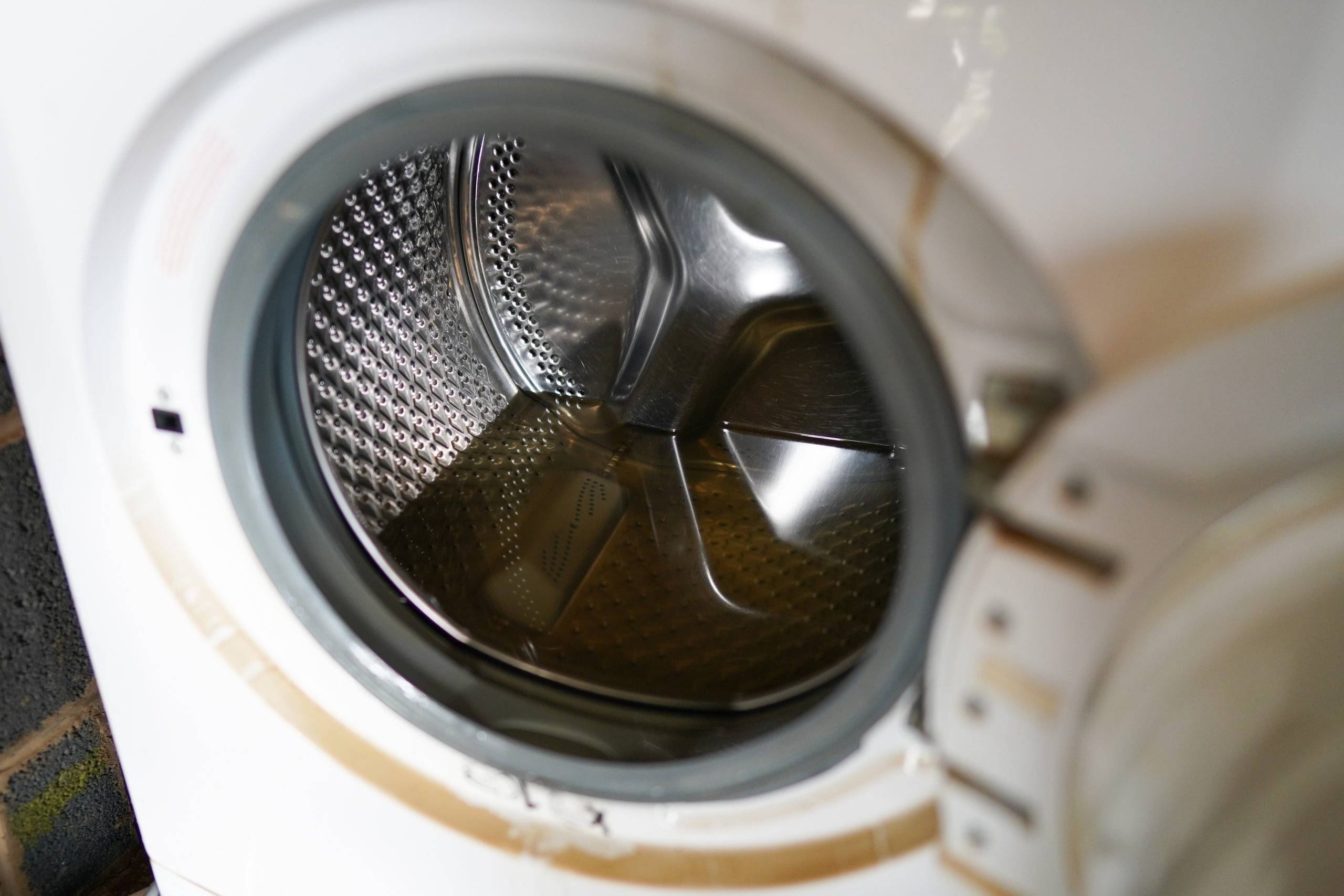

Laundry Appliances
How Does A Washing Machine Drain
Published: February 21, 2024
Learn how a washing machine drains and troubleshoot common drainage issues. Keep your laundry appliances running smoothly. Discover expert tips now!
(Many of the links in this article redirect to a specific reviewed product. Your purchase of these products through affiliate links helps to generate commission for Storables.com, at no extra cost. Learn more)
Introduction
The washing machine is a modern marvel that has revolutionized the way we clean our clothes. It's a staple appliance in most households, and its efficiency and convenience have become indispensable. However, have you ever wondered about the intricate mechanisms that enable a washing machine to drain water effectively? Understanding how a washing machine drain works can help you troubleshoot issues and maintain your appliance for optimal performance.
In this article, we will delve into the components of a washing machine drain, explore the functionality of the drain pump, discuss common issues that may arise, and provide practical tips for maintaining a healthy washing machine drain. By the end of this comprehensive guide, you will have a deeper understanding of the inner workings of your washing machine's drain system and be better equipped to ensure its smooth operation.
Let's embark on a fascinating journey into the heart of your washing machine to unravel the secrets of its drainage prowess. Whether you're a curious homeowner seeking knowledge or a DIY enthusiast eager to enhance your laundry appliance expertise, this article will equip you with valuable insights into the often overlooked yet essential aspect of washing machine functionality. So, fasten your seatbelt and get ready to explore the world of washing machine drains!
Key Takeaways:
- Understanding how a washing machine drain works can help you troubleshoot issues and maintain your appliance for optimal performance. The drain pump expels water using a motorized component, and the drain hose carries wastewater to the drainage point.
- To maintain a healthy washing machine drain, regularly inspect and clean the drain hose, filter, and pump. Avoid overloading the machine, use additives judiciously, and promptly address any drainage issues to ensure smooth operation.
Read more: How Does A Washing Machine Drain Pump Work
Components of a Washing Machine Drain
The washing machine drain system comprises several key components that work in harmony to facilitate the efficient removal of water from the appliance. Understanding these components is crucial for diagnosing potential issues and ensuring the smooth operation of your washing machine. Let's take a closer look at the essential elements of a washing machine drain:
-
Drain Hose: This flexible, corrugated tube is responsible for carrying the wastewater from the washing machine to the drainage point. It is typically made of durable materials to withstand the water pressure and movement during the draining process. The drain hose is connected to the washing machine at one end and to a drain standpipe, utility sink, or a dedicated drain line at the other end.
-
Drain Pump: The drain pump plays a pivotal role in expelling the water from the washing machine during the drain cycle. It is a motorized component that creates the necessary suction to pump the water out through the drain hose. The drain pump is often equipped with impellers or propellers that propel the water towards the drain outlet, ensuring efficient drainage.
-
Drain Filter: Positioned near the drain pump, the drain filter serves as a protective barrier against debris and foreign objects that may enter the drain system. It prevents these particles from clogging the drain pump or the drain hose, thereby safeguarding the overall functionality of the washing machine drain.
-
Air Gap or Standpipe: In some setups, an air gap or standpipe is incorporated to prevent backflow and ensure proper drainage. An air gap creates a physical break between the drain hose and the drainage point, preventing wastewater from flowing back into the washing machine. A standpipe, on the other hand, provides a dedicated vertical pipe for the drain hose to discharge the water efficiently.
Understanding the roles and interactions of these components is essential for maintaining a healthy washing machine drain. Each element contributes to the seamless removal of water from the appliance, and any issues with these components can lead to drainage problems. Now that we've explored the fundamental components of a washing machine drain, let's delve deeper into the functionality of the drain pump and its pivotal role in the drainage process.
How Does the Drain Pump Work?
The drain pump is a critical component of the washing machine's drainage system, responsible for expelling the water accumulated during the wash and rinse cycles. Its operation is orchestrated with precision to ensure efficient water removal, allowing the laundry process to culminate in clean, refreshed garments. Let's unravel the inner workings of the drain pump and understand how it accomplishes this essential task.
When the washing machine initiates the drain cycle, the drain pump springs into action. It is powered by an electric motor that drives the impeller or propeller housed within the pump. As the impeller rotates, it creates a suction force, drawing the water from the washing machine's tub and propelling it towards the drain hose. This process is facilitated by the design of the pump, which is engineered to efficiently move water while minimizing energy consumption.
The drain pump's ability to expel water swiftly and effectively hinges on its robust construction and reliable performance. It is designed to withstand the rigors of frequent usage, ensuring consistent drainage without succumbing to wear and tear. Additionally, the pump's impeller is strategically positioned to propel the water through the drain hose, preventing any residual water from lingering in the washing machine after the cycle concludes.
Furthermore, the drain pump operates in synchronization with the washing machine's control system, ensuring seamless coordination between the various stages of the laundry process. This harmonious interaction allows the drain pump to activate at the precise moment when water expulsion is required, optimizing the overall efficiency of the appliance.
In essence, the drain pump's functionality is a testament to the ingenuity of modern appliance engineering. Its ability to swiftly and effectively remove water from the washing machine is a testament to the meticulous design and engineering that underpins its operation. By comprehending the intricacies of the drain pump's operation, you gain a deeper appreciation for the seamless orchestration of components within the washing machine's drainage system.
As we unravel the mysteries of the drain pump's operation, we gain a newfound understanding of the intricate mechanisms that underpin the functionality of our beloved washing machines. Now that we've delved into the inner workings of the drain pump, let's explore common issues that may affect the washing machine drain and practical tips for maintaining its optimal performance.
To ensure proper drainage, make sure the washing machine’s drain hose is not kinked or clogged. Also, check that the drain pipe it’s connected to is clear and free of obstructions.
Common Issues with Washing Machine Drains
Washing machine drains are susceptible to a range of issues that can impede their functionality, leading to drainage problems and potential water damage. Identifying these common issues is crucial for prompt troubleshooting and maintenance. Here are some prevalent issues that may affect washing machine drains:
-
Clogging: One of the most frequent issues encountered with washing machine drains is clogging. Over time, debris, lint, and foreign objects can accumulate within the drain hose or filter, obstructing the flow of water. This can result in slow drainage or complete blockages, causing water to back up in the washing machine or overflow from the standpipe.
-
Faulty Drain Pump: The drain pump is a vital component responsible for expelling water from the washing machine. If the pump malfunctions due to motor failure, impeller damage, or electrical issues, the drainage process is compromised. A faulty drain pump may lead to incomplete water removal, leaving the laundry soggy and requiring additional draining cycles.
-
Improper Installation: Incorrect installation of the drain hose or standpipe can lead to drainage problems. If the drain hose is kinked, improperly positioned, or inserted too far into the standpipe, it can impede the smooth flow of water, resulting in drainage inefficiencies and potential leaks.
-
Backflow and Overflow: Inadequate venting, a blocked standpipe, or a malfunctioning air gap can cause backflow and overflow issues. When the washing machine drains, water may back up into the appliance or overflow from the standpipe, leading to messy and disruptive situations.
-
Drain Hose Obstructions: The drain hose may become obstructed by external factors such as rodents, insects, or physical damage. Additionally, improper placement of the drain hose, such as submerging it in standing water, can impede drainage and compromise the overall performance of the washing machine.
-
Debris Accumulation in the Filter: The drain filter, designed to prevent debris from entering the drain pump and hose, can become clogged over time. Accumulated lint, fabric remnants, and foreign objects can hinder water flow, necessitating regular cleaning and maintenance of the filter to ensure unobstructed drainage.
Understanding these common issues with washing machine drains empowers homeowners to proactively address potential drainage problems and safeguard their appliances from avoidable malfunctions. By recognizing the symptoms associated with these issues, such as slow drainage, unusual noises during the drain cycle, or water backup, individuals can take timely corrective measures to restore their washing machine's optimal drainage performance.
Tips for Maintaining a Healthy Washing Machine Drain
Maintaining a healthy washing machine drain is essential for preserving the optimal functionality of your appliance and preventing potential drainage issues. By implementing proactive maintenance practices, you can prolong the lifespan of your washing machine and ensure efficient water removal during each laundry cycle. Here are valuable tips for maintaining a healthy washing machine drain:
-
Regular Inspection and Cleaning: Periodically inspect the drain hose, filter, and drain pump for any signs of debris, lint, or foreign objects. Remove any obstructions and clean the components to facilitate unimpeded water flow. This proactive approach can prevent clogs and ensure smooth drainage.
-
Mindful Loading and Detergent Usage: Avoid overloading the washing machine, as excessive laundry can strain the drain pump and impede drainage. Additionally, use the appropriate amount of detergent to minimize soap residue buildup, which can contribute to drain clogs and affect the efficiency of the drainage system.
-
Proper Installation and Positioning: Ensure that the drain hose is correctly installed and positioned to facilitate efficient water discharge. Avoid kinks, twists, or submersion in standing water, as these factors can hinder drainage and compromise the washing machine's performance.
-
Regular Maintenance of the Drain Filter: Clean the drain filter at regular intervals to prevent debris accumulation and maintain unobstructed water flow. This simple yet crucial maintenance task can prevent clogs and safeguard the drain pump from potential damage.
-
Mindful Use of Additives and Softeners: Exercise caution when using laundry additives and fabric softeners, as excessive use can lead to residue buildup in the drain system. Follow the manufacturer's guidelines and use these products judiciously to prevent potential drainage issues.
-
Prompt Resolution of Drainage Issues: If you notice slow drainage, unusual noises, or water backup during the washing machine's operation, address these issues promptly. Timely intervention can prevent minor problems from escalating into major drainage malfunctions.
-
Professional Maintenance and Servicing: Consider scheduling periodic maintenance and servicing by a qualified technician to ensure the overall health of your washing machine's drainage system. Professional inspection and maintenance can identify potential issues early and optimize the appliance's performance.
By incorporating these tips into your washing machine maintenance routine, you can proactively preserve the health of the appliance's drainage system and mitigate the risk of common issues such as clogs, slow drainage, and pump malfunctions. A well-maintained washing machine drain not only ensures efficient water removal but also contributes to the longevity and reliability of your valuable laundry appliance.
Frequently Asked Questions about How Does A Washing Machine Drain
Was this page helpful?
At Storables.com, we guarantee accurate and reliable information. Our content, validated by Expert Board Contributors, is crafted following stringent Editorial Policies. We're committed to providing you with well-researched, expert-backed insights for all your informational needs.
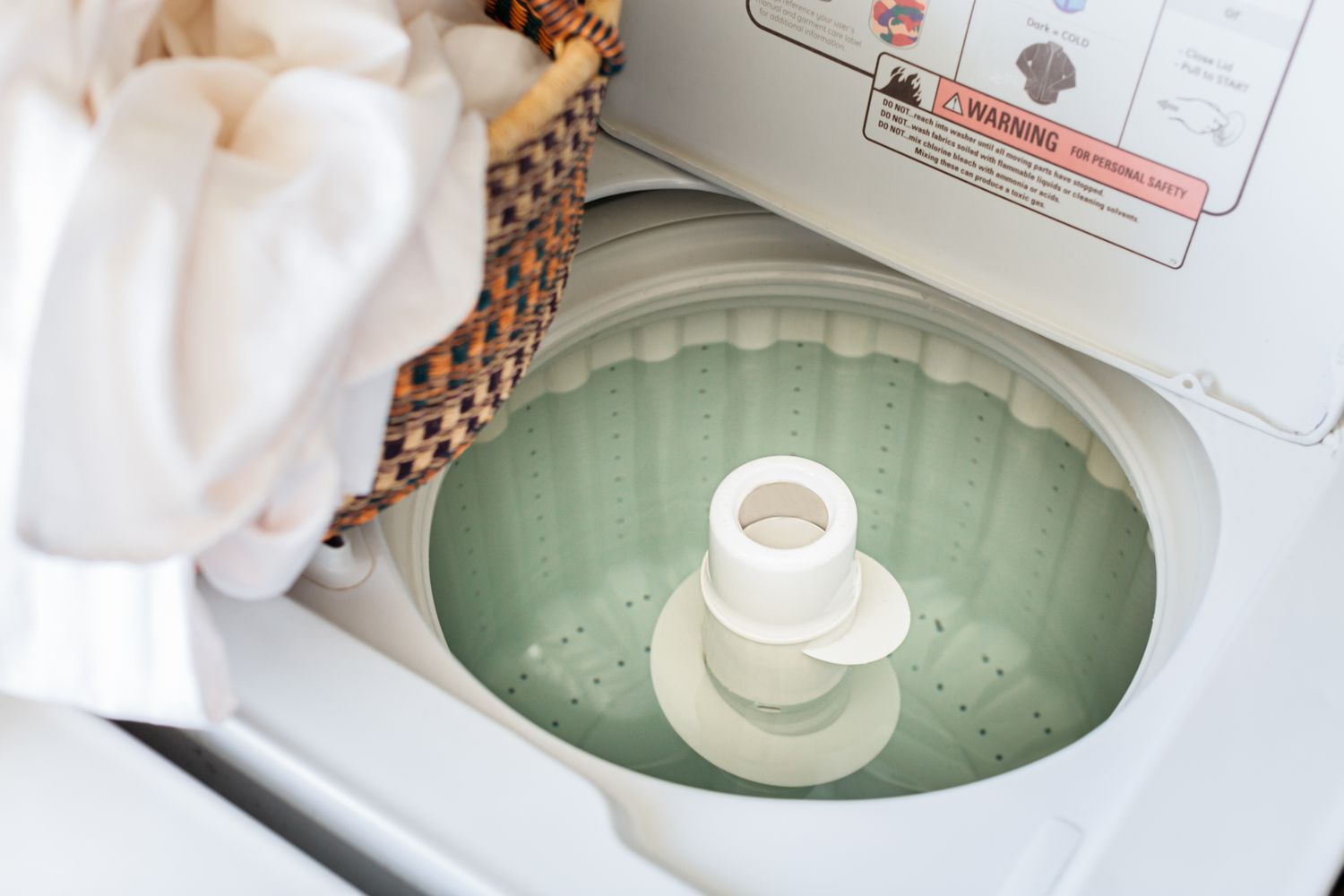
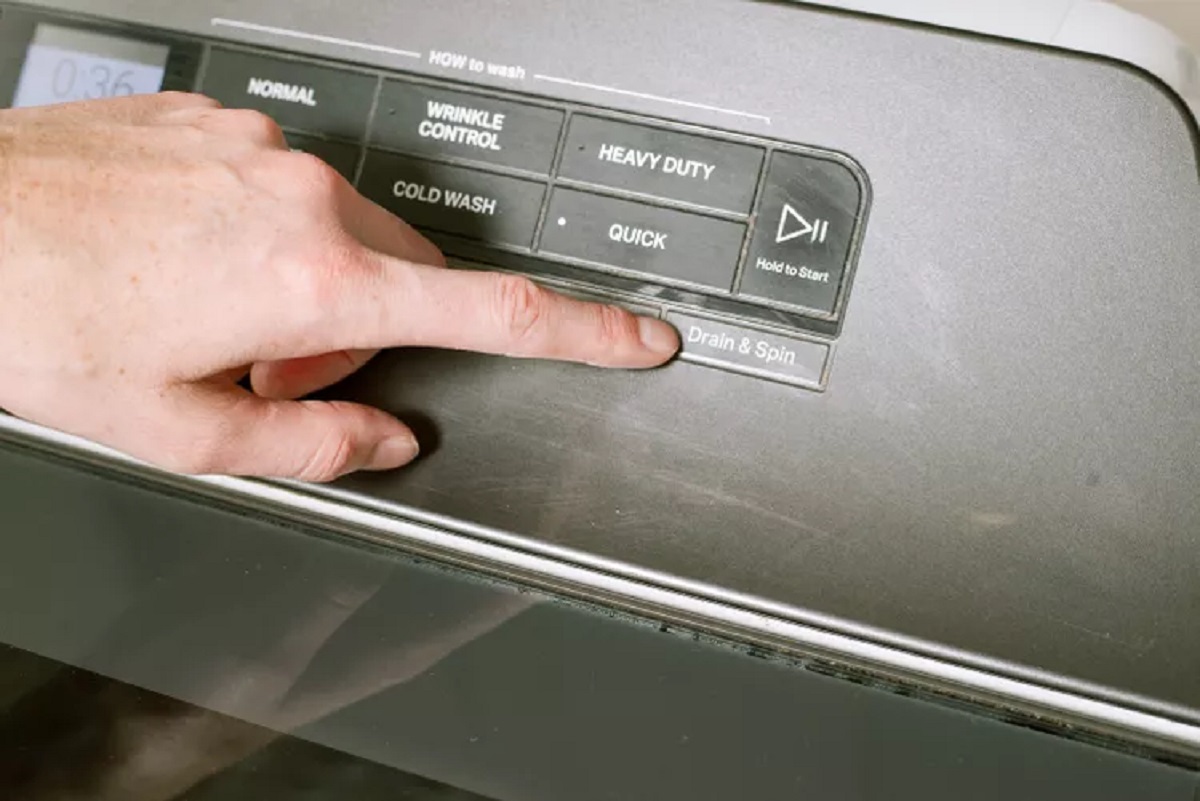
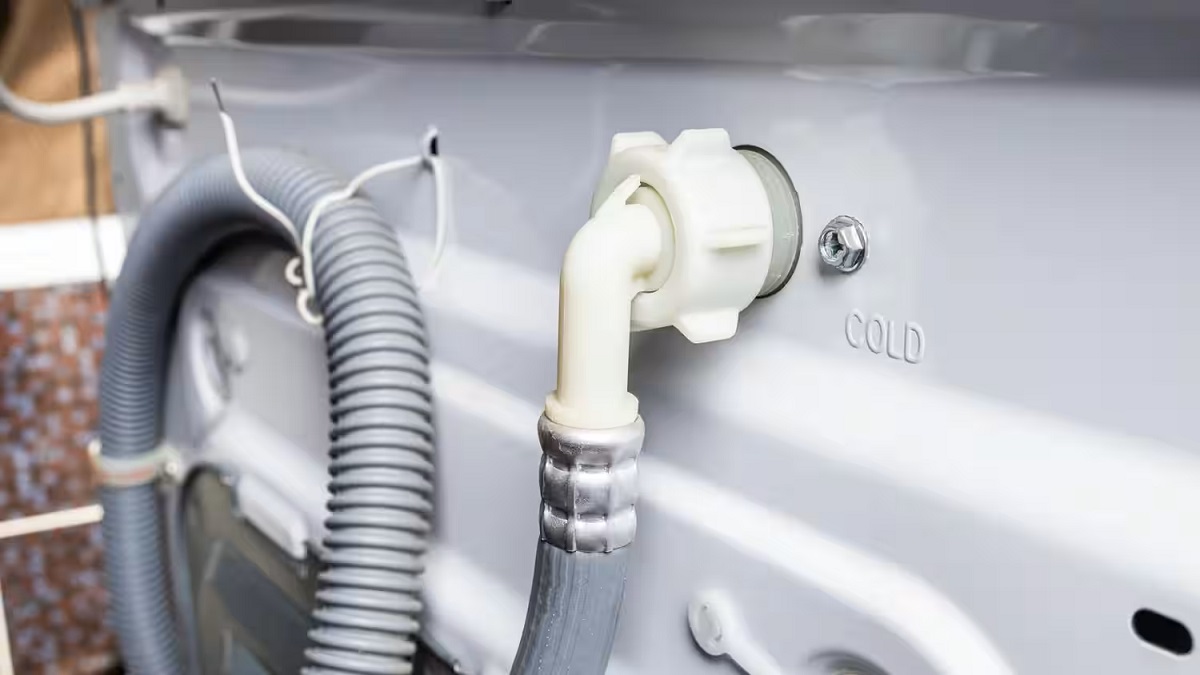





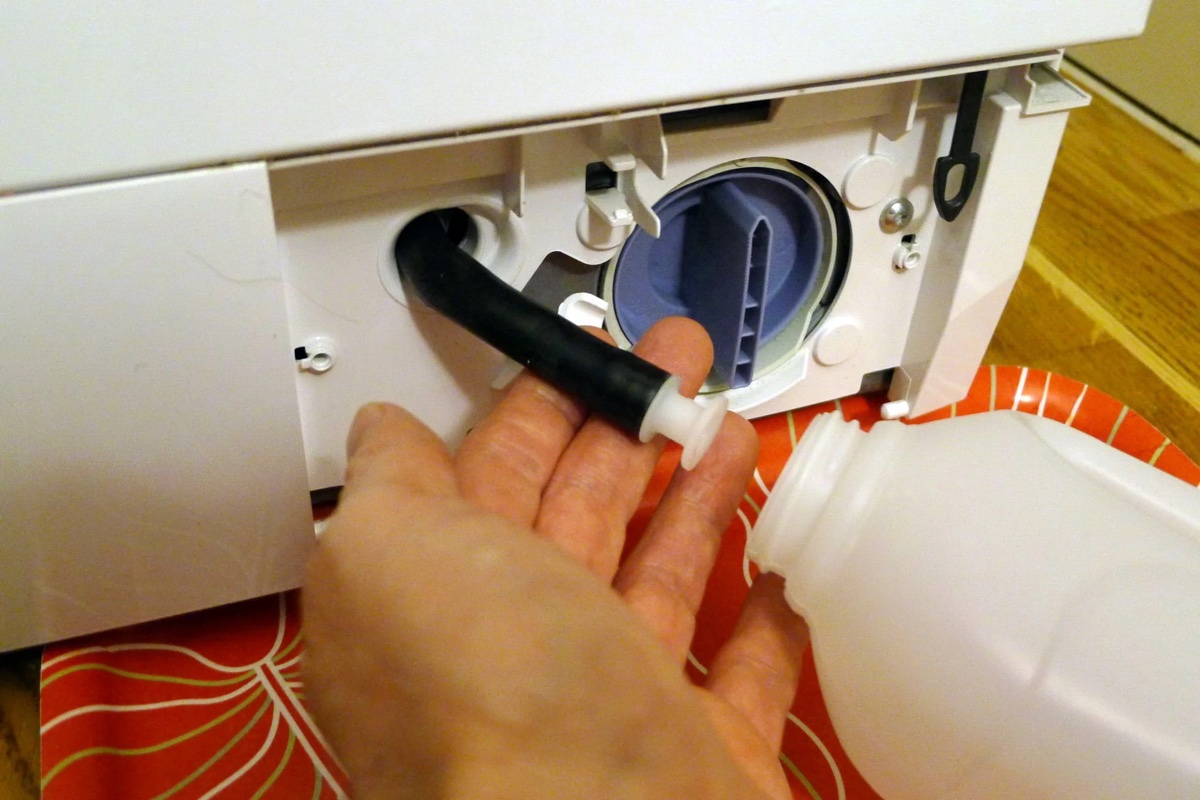
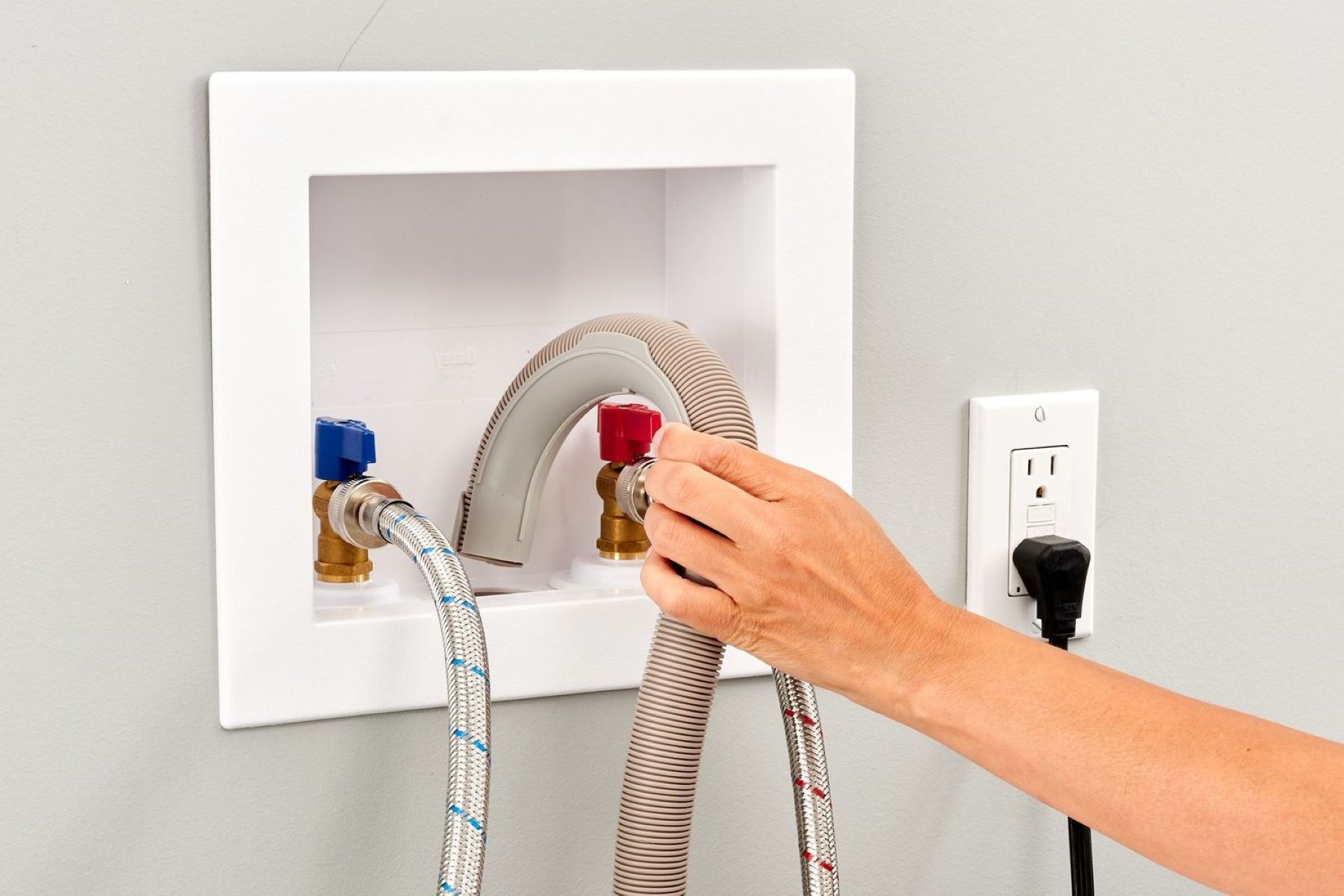
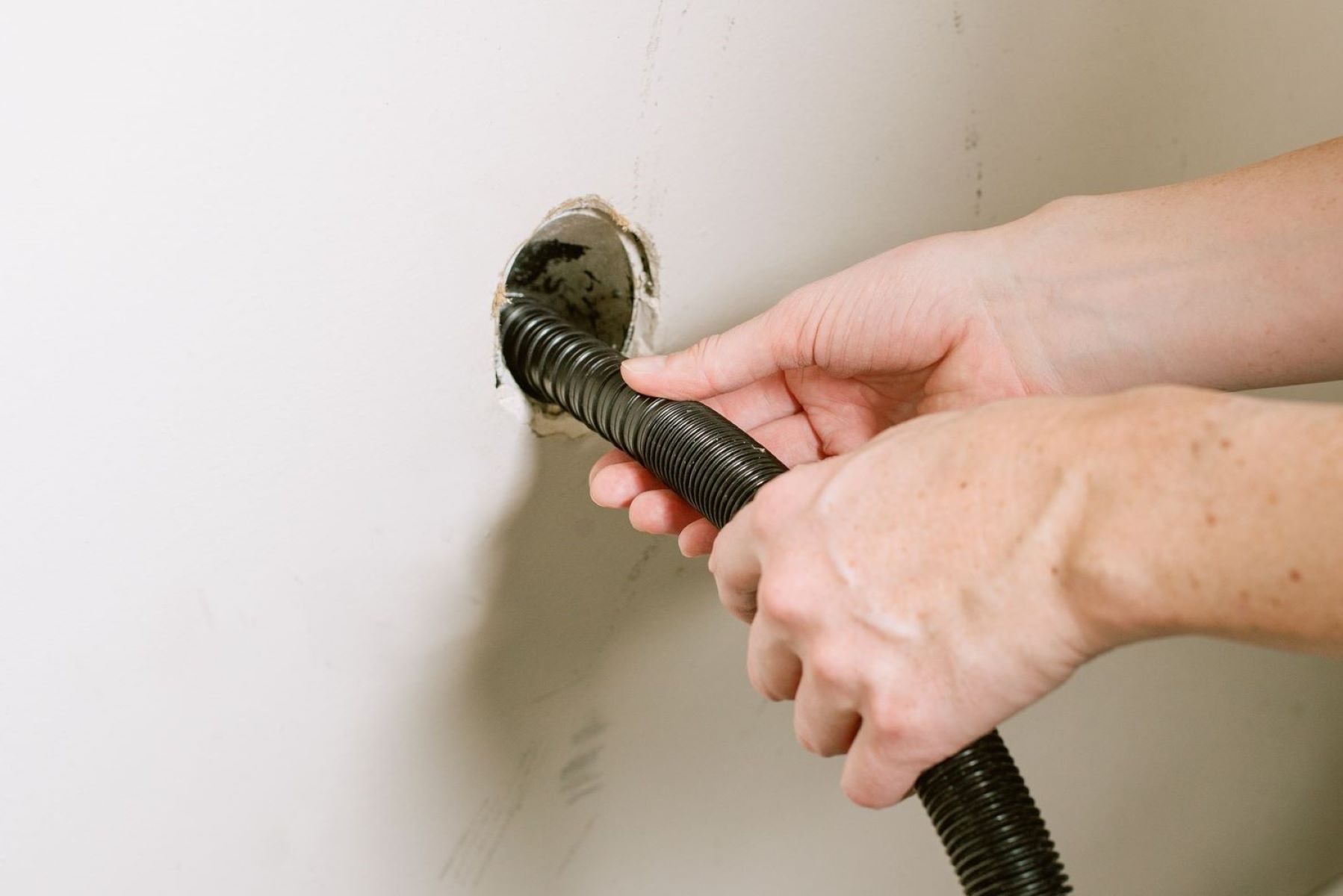
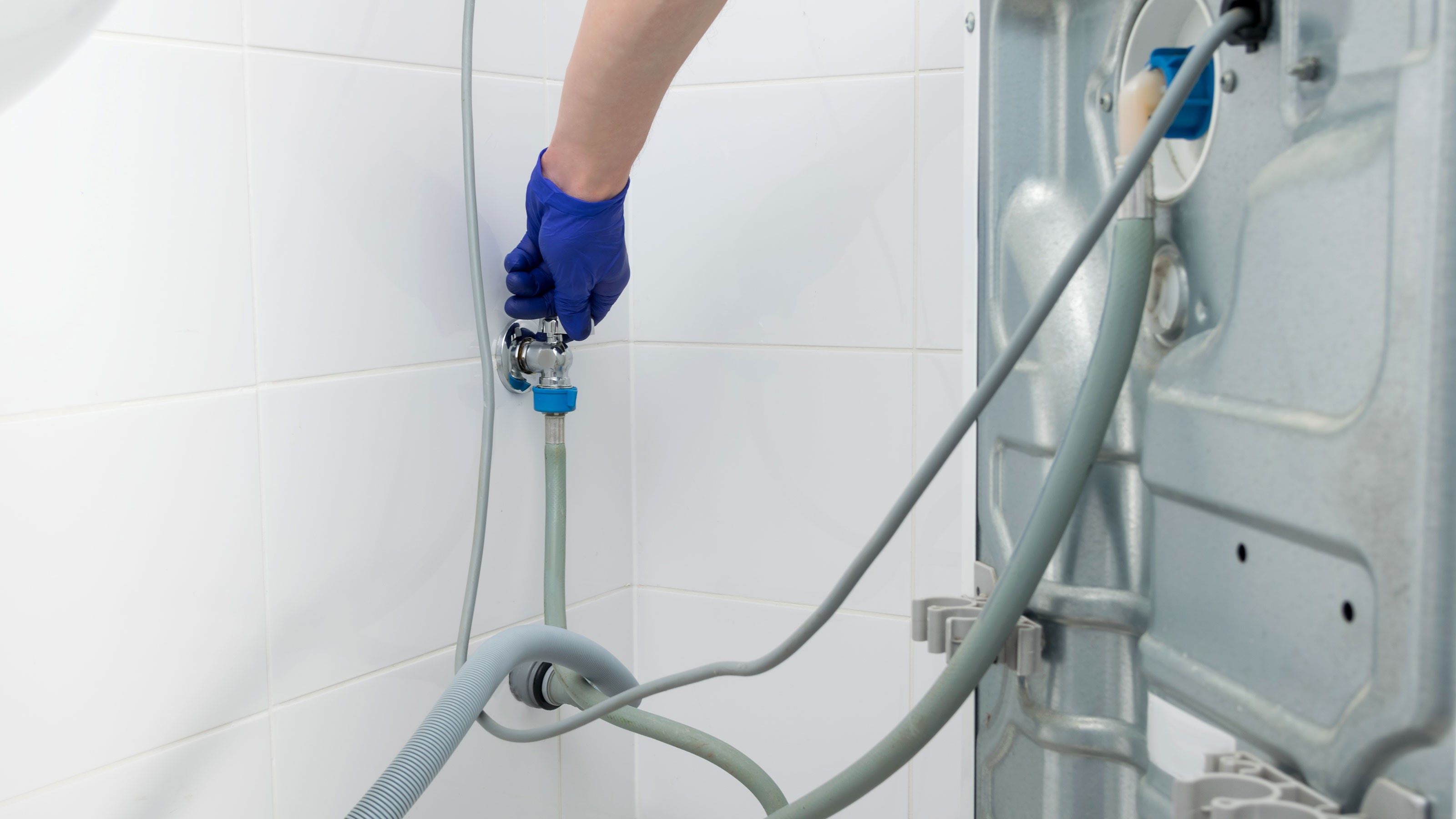
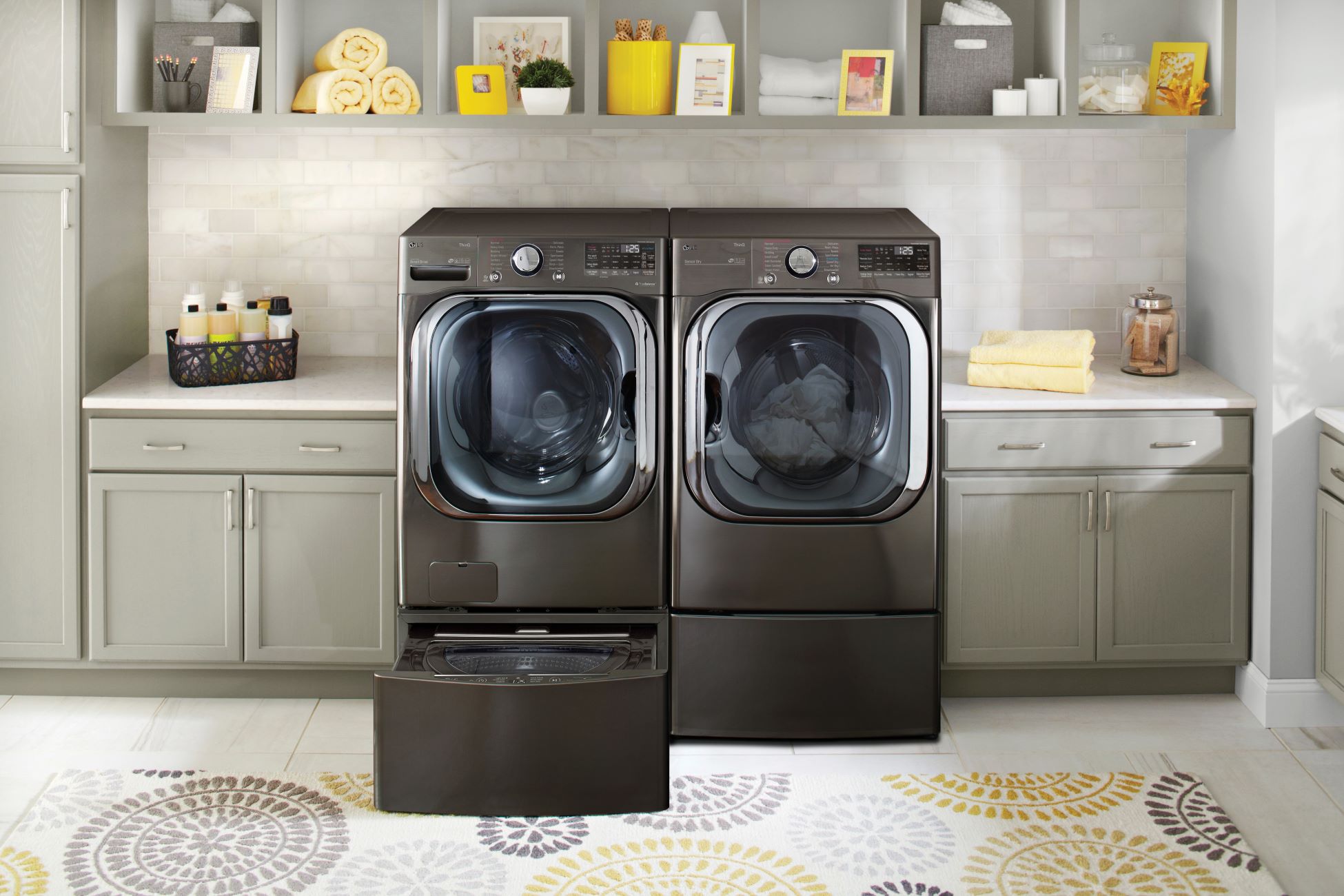



0 thoughts on “How Does A Washing Machine Drain”